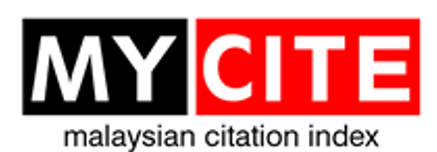Invasive Apple Snails in Wetlands of Selangor, Malaysia: Species, Distribution, and Ecological Associations
DOI:
https://doi.org/10.51200/jtbc.v15i.1474Keywords:
Pomacea canaliculata, Pomacea maculata, environmental parameters, cox1 gene, invasive species, wetlands, SelangorAbstract
Apple snails in the genus Pomacea are among the worst invasive species in Southeast Asia. Our objectives were to survey a selection of different wetlands in Selangor for Pomacea, verify which species of Pomacea occurred in that location, and assess basic environmental parameters associated with their presence and relative abundance. Aquatic parameters including pH and concentrations of selected electrolytes were measured at 25 wetland sites distributed among eight localities in Selangor. DNA from snails collected at each locality was extracted and the mitochondrial cytochrome c oxidase subunit I (COI) was sequenced. We detected two of the most successful invaders of this genus: P. canaliculata was found in five localities and P. maculata in two. Both pH and calcium ion concentrations were negatively associated with Pomacea presence. Pomacea were absent in brackish wetlands with high pH and calcium concentrations reflecting possible physiological intolerance or that dispersal into these habitats has yet to occur. P. maculata is reported to tolerate pH as low as 4.5-6; thus most freshwater wetlands in Selangor and most of Malaysia can potentially be invaded. Pomacea canaliculata and P. maculata have demonstrated remarkable capacity for depleting aquatic macrophytes and may cause rapid changes in aquatic plant communities with potential impacts to wetland state and function. Public awareness and environmentally safe recommendations to mitigate the reproduction and spread of this invasive snail is needed for protecting the biodiversity and health of natural wetlands.
Downloads
Published
How to Cite
Issue
Section
License
BY: credit must be given to the creator.
NC: Only noncommercial uses of the work are permitted.
This journal provides open access to its content under CC BY-NC 4.0 on the principle that making research freely available to the public supports greater international collaboration and information exchange.












